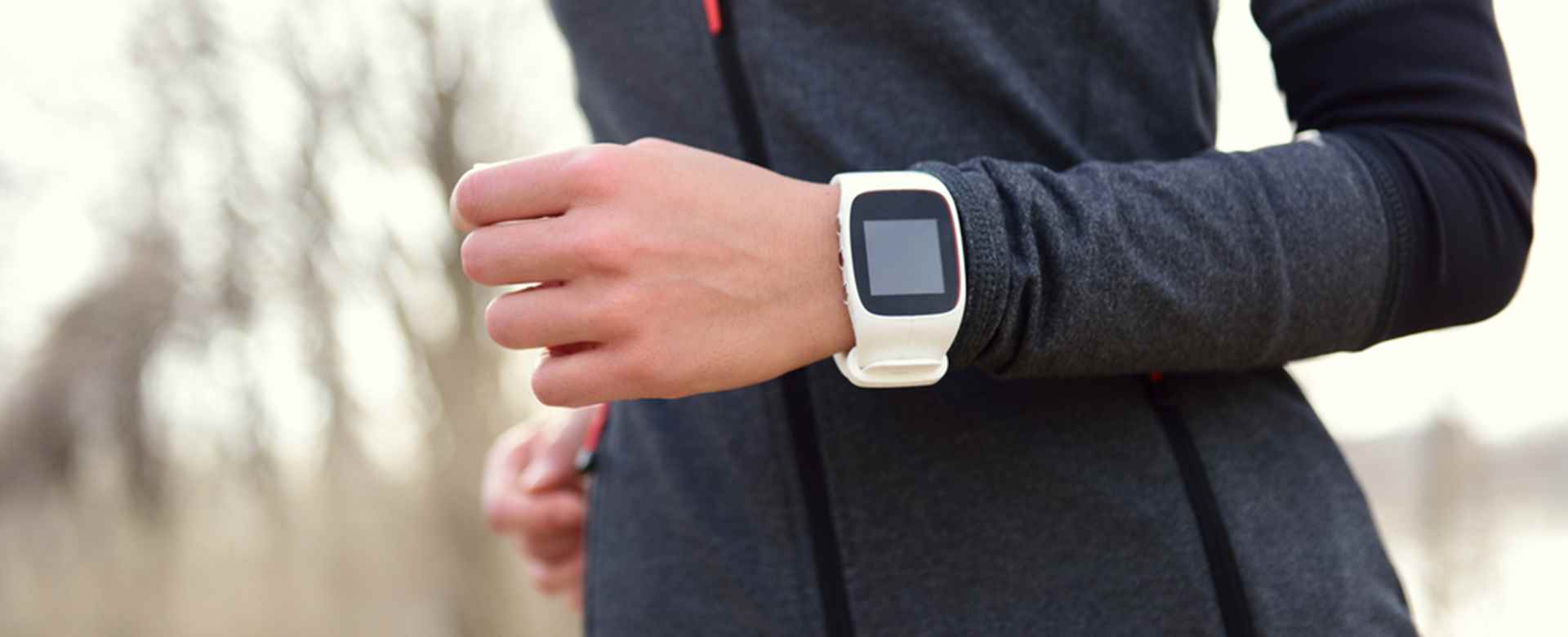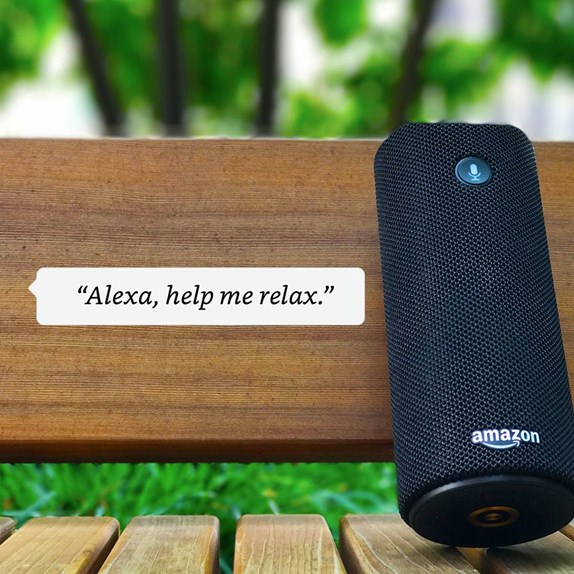It’s not unusual to see a friend, coworker or even stranger sporting some kind of fitness tracker. Though you might think such “gadgets” are only for runners and those trying to drop a few pounds, wearable technology is being utilized in numerous other ways, especially in healthcare.
The global market for medical wearable devices is forecast to reach $12.1 billion by 2021, even beating out personal computers, tablets and laptops by the end of 2018. The number of wearable technology devices is predicted to rise to approximately 830 million in 2020, so much so that many providers of medical devices are including them in their product offerings. This industry growth, along with advancements in technology, has rendered these devices more affordable for consumers.
In addition to collecting and transmitting patient data to a healthcare provider, wearable technology offers enhanced patient engagement, more accurate data analytics, timely interventions, improved medical research and reduced healthcare costs. They also may allow for more preventative care and reduce the need for regular office visits through remote monitoring. This can save both patients, providers—and even insurance companies—time and money.
Based on the numbers, it doesn’t look like this growth in products will stop anytime soon. Let’s take a look at some of the newest wearable technology on the healthcare scene.
Apple Watch 4
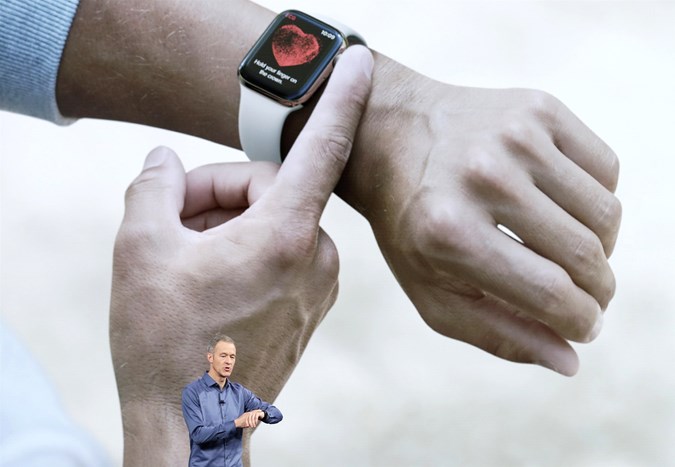
Image: Apple
Released only a few weeks ago, the newest Apple Watch comes equipped with two electrocardiogram (EKG) apps. Both apps are approved by the United States Food and Drug Administration. Though not a wearable, smartphone app mPower is designed to help patients with Parkinson’s disease track dexterity, balance, gait and memory. The company’s new “Movement Disorder API” allows the Apple Watch to continuously monitor Parkinson’s disease symptoms.
KardiaMobile and KardiaBand
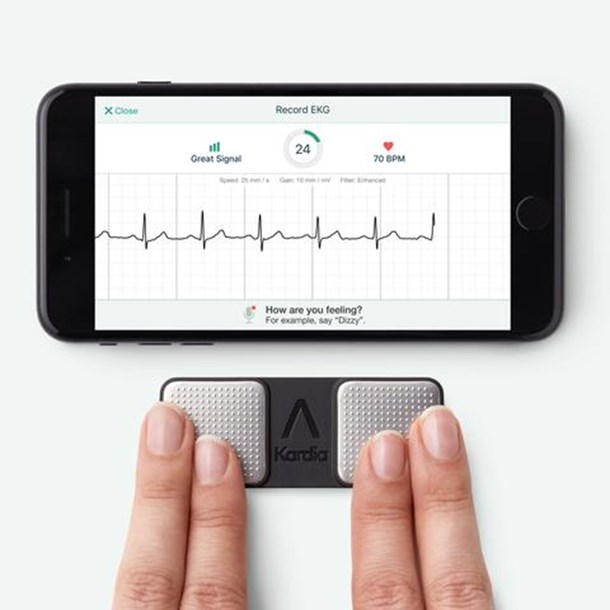
Image: AliveCor
These two products, one designed to work with smartphones and the other with the Apple Watch, also conduct an EKG on users. KardiaMobile performs a medical-grade EKG in 30 seconds through its smartphone app, displays the user’s heartbeat and announces whether the heartbeat is normal or if the user might be experiencing atrial fibrillation. KardiaBand utilizes the heart rate sensor on the Apple Watch for continuous monitoring and alerts users to place their fingers on a small ECG pad on the watch band if it senses irregularity.
Fitbit Care
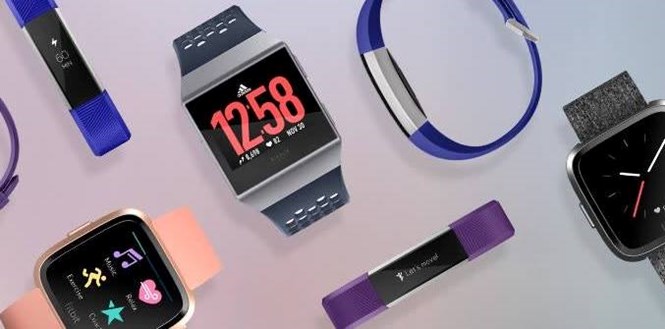
Image: Fitbit
Comprised of three primary parts – wearables, social tools and coaching – Fitbit Care tracks a variety of health measures and can be purchased by employers and health plans. Employees and members can use the platform to engage in contests, more easily reach their health goals and receive personalized recommendations and care based on their health data obtained from the wearable device.
TempTraq

Image: TempTraq
This FDA-cleared wearable for babies, which also can be used by adults, provides ongoing, real-time temperature readings to a mobile device and alerts when a temperature eclipses the normal range. It is used in some hospitals and includes a single use stick-on patch that lasts for 48 hours and is worn under the user’s arm.
Amazon Alexa
Image: Amazon
Although this is not a new product, it is being utilized in new ways for some nursing home residents. A research think tank based in California found that more than 71 percent of the residents used them regularly for a variety of tasks. Similarly, one of California’s largest home health providers gave residents at one of its independent living programs Echo Dot devices to receive medication reminders, schedule appointments, contact caregivers or simply play music.
These are just a few of the many wearable technology devices used for healthcare purposes. In the near future, these devices will most likely help handle diseases that require constant, real-time monitoring, perform ambulatory arrhythmia detection and glucose monitoring, transmit a host of readings about a patient’s medical condition to their physician and much more.
At Advanced Medical Reviews (AMR), we believe employing advanced technology is an important part of the services we offer to our customers. For example, the technology we use to process independent medical reviews is frequently updated to facilitate faster, more accurate, more flexible and more efficient workflow. Read our blog to learn more about what makes us one of the country's top independent medical review organizations.
Sign up for Updates:
Privacy Details
By submitting this form, you are consenting to receive marketing emails from: Advanced Medical Reviews, LLC. You can revoke your consent to receive emails at any time by using the Unsubscribe link, found at the bottom of every email.
